A workout bench is an essential piece of equipment in any home gym. Whether you're a beginner or a seasoned fitness enthusiast, knowing how to use a workout bench properly can significantly improve your training efficiency. In this guide, we'll break down the various ways you can incorporate a workout bench into your exercise routine, focusing on its versatility, benefits, and correct usage.
What Is a Workout Bench?
A workout bench is a flat, padded surface designed to support your body while performing various exercises. It’s commonly used for strength training exercises such as bench presses, rows, and core workouts. The bench can be adjustable (incline or decline) or flat, depending on the exercise you're doing and your comfort level.
Benefits of Using a Workout Bench
-
Versatility: A workout bench allows for a wide range of exercises that target different muscle groups, including the chest, back, shoulders, arms, and core. With adjustable options, it can support a variety of angles for more targeted muscle engagement.
-
Increased Range of Motion: With a stable bench, you can perform movements like chest presses and dumbbell exercises with a greater range of motion, which can lead to improved muscle development and strength.
-
Safety: Many exercises performed on a workout bench, such as the bench press, are safer when you have the proper support. It helps you stabilize your body and maintain proper form throughout the movement.
-
Comfort: The padded surface of a workout bench provides added comfort during exercises that require extended periods of lying down or sitting.
How to Use a Workout Bench for Different Exercises
1. Flat Bench Press
The flat bench press is one of the most popular exercises for developing the chest, triceps, and shoulders.
Steps:
- Set your workout bench to a flat position.
- Lie back on the bench with your feet flat on the floor.
- Grip the barbell with hands slightly wider than shoulder-width apart.
- Lower the barbell to your chest, keeping your elbows at about a 45-degree angle.
- Push the barbell back up, fully extending your arms.
Tips:
- Keep your core tight and feet flat on the ground to maintain stability.
- Avoid arching your back excessively while pressing.
2. Incline Bench Press
The incline bench press targets the upper chest and shoulders more than the flat version. By setting the bench to an incline, you can shift the emphasis to different parts of your chest.
Steps:
- Adjust the bench to an incline position (usually around 30-45 degrees).
- Follow the same steps as the flat bench press, ensuring your back and neck are well-supported.
Tips:
- Maintain a firm grip on the barbell or dumbbells to prevent accidents.
- Keep your shoulders engaged throughout the exercise.
3. Dumbbell Rows
Dumbbell rows on a workout bench target your back muscles, including the lats and rhomboids.
Steps:
- Set the bench to a flat position and place one knee and hand on the bench.
- With the other hand, grab a dumbbell, keeping your back straight.
- Pull the dumbbell up toward your hip, engaging your back muscles.
- Slowly lower the dumbbell back to the starting position and repeat.
Tips:
- Ensure that your back stays straight throughout the movement to avoid injury.
- Use a controlled motion when lifting and lowering the weight.
4. Dumbbell Chest Fly
The chest fly targets the chest, shoulders, and arms, offering a great stretch and contraction for muscle growth.
Steps:
- Lie back on a flat or incline bench, holding a dumbbell in each hand.
- Extend your arms above your chest with a slight bend in your elbows.
- Slowly lower your arms out to the sides, keeping the elbows slightly bent.
- Bring your arms back together, squeezing your chest at the top.
Tips:
- Focus on controlling the weights during both the lowering and lifting phases.
- Avoid overstretching your shoulders by keeping your arms within a safe range of motion.
5. Seated Shoulder Press
For this exercise, you'll need an adjustable bench that can be set to a slight incline. It targets the shoulders and triceps.
Steps:
- Set the bench to an upright position, and sit on it with your feet flat on the floor.
- Hold a dumbbell or barbell at shoulder height with your palms facing forward.
- Press the weights overhead, extending your arms fully.
- Lower the weights back to the starting position with control.
Tips:
- Keep your core engaged to avoid straining your lower back.
- Don’t lock your elbows at the top of the movement.
6. Core Exercises
A workout bench can also be used to target your core with exercises like leg raises, crunches, and planks.
Leg Raises:
- Lie back on the bench with your legs straight.
- Lift your legs up to a 90-degree angle while keeping your back flat against the bench.
- Slowly lower your legs back down.
Crunches:
- Sit at the edge of the bench, holding the sides for stability.
- Lean back slightly, then curl your torso up toward your knees.
- Slowly lower back down.
Planks:
- Place your hands on the bench for a higher plank position.
- Keep your body in a straight line from head to heels, engaging your core.
Tips for Choosing the Right Workout Bench
-
Adjustability: If you want maximum versatility, opt for an adjustable bench. This allows you to set the bench to different angles for various exercises.
-
Stability: Ensure the bench is stable and can handle the weight you're lifting. A sturdy bench is crucial for safety during heavy lifts.
-
Padding: The padding should be firm enough to provide support but soft enough to ensure comfort during extended workouts.
-
Space and Size: If you're working with limited space, consider a compact bench that can be folded or easily stored.
Conclusion
Using a workout bench correctly can enhance your training, target specific muscle groups, and keep you safe while lifting. Whether you're doing a flat bench press, incline bench press, or core exercises, integrating a bench into your workout routine can help you achieve your fitness goals faster and more effectively. Keep the above tips in mind for optimal results, and always prioritize form over weight to reduce the risk of injury.






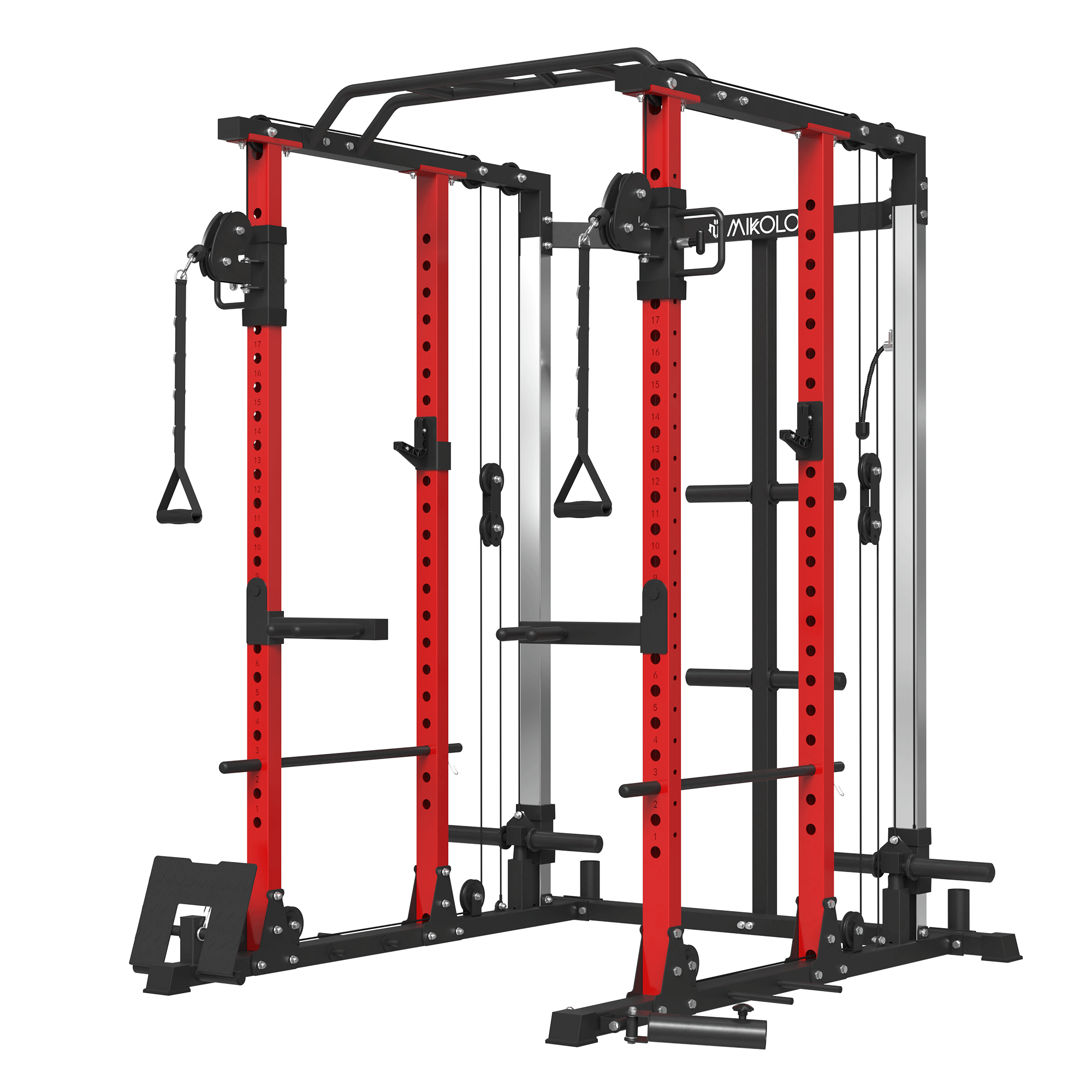



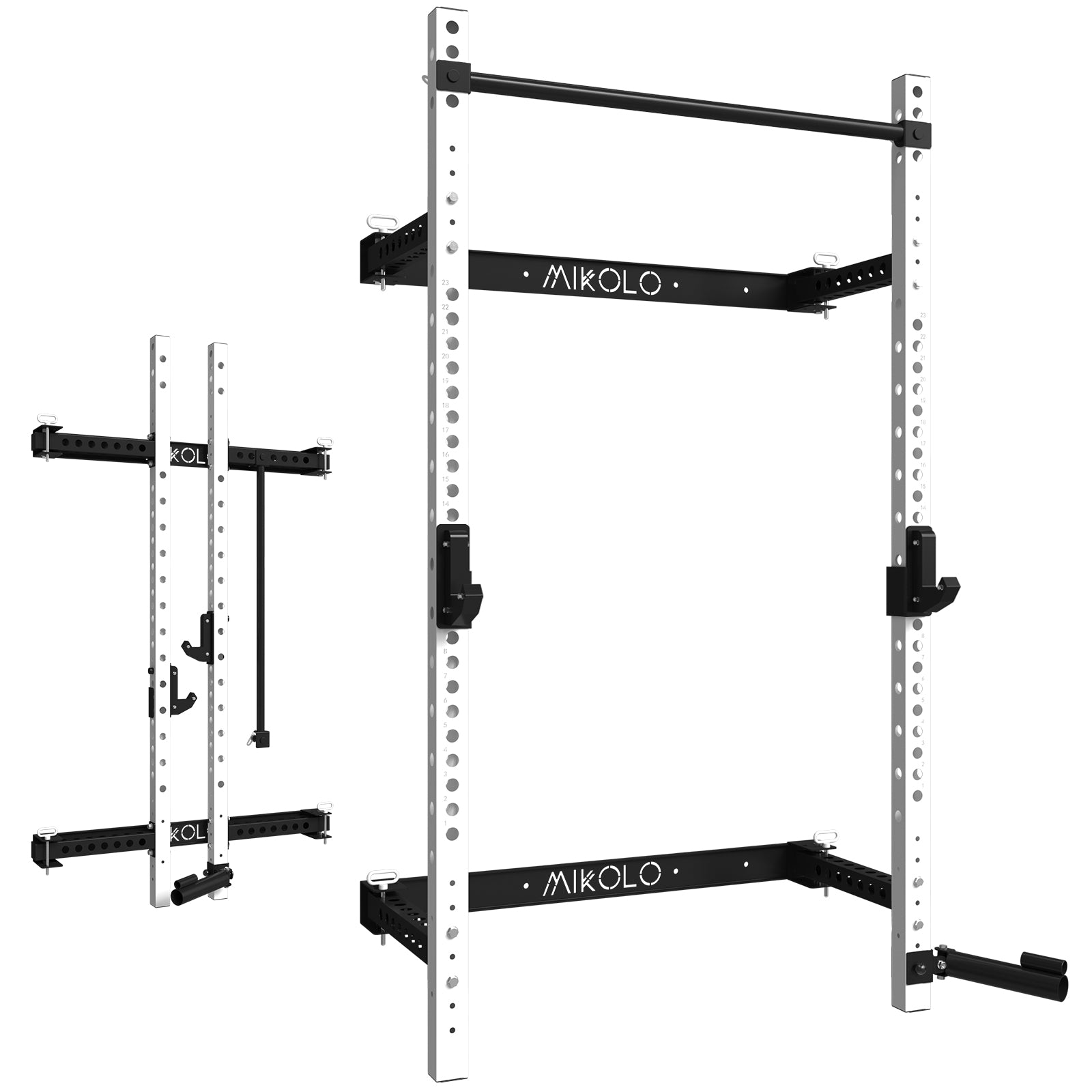









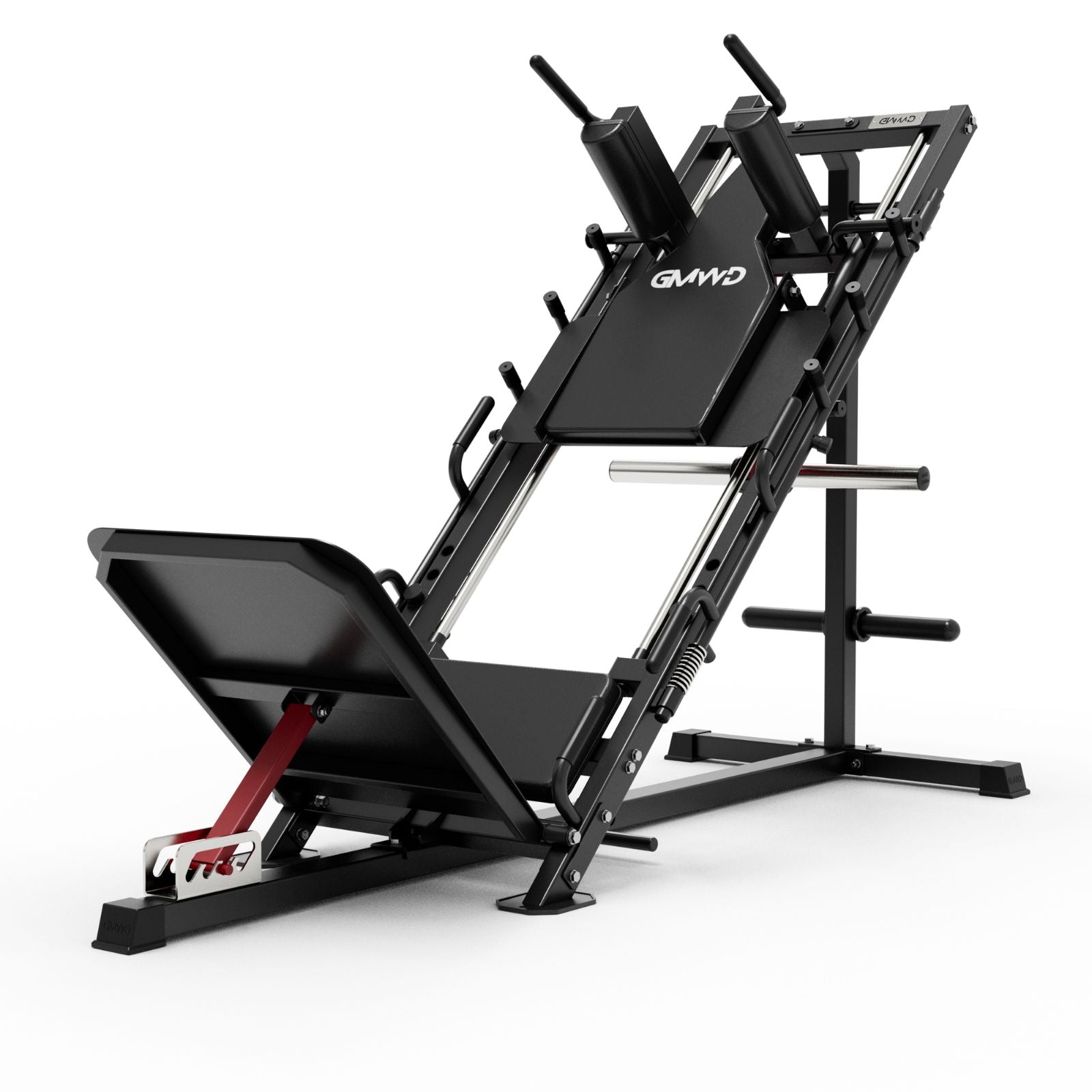







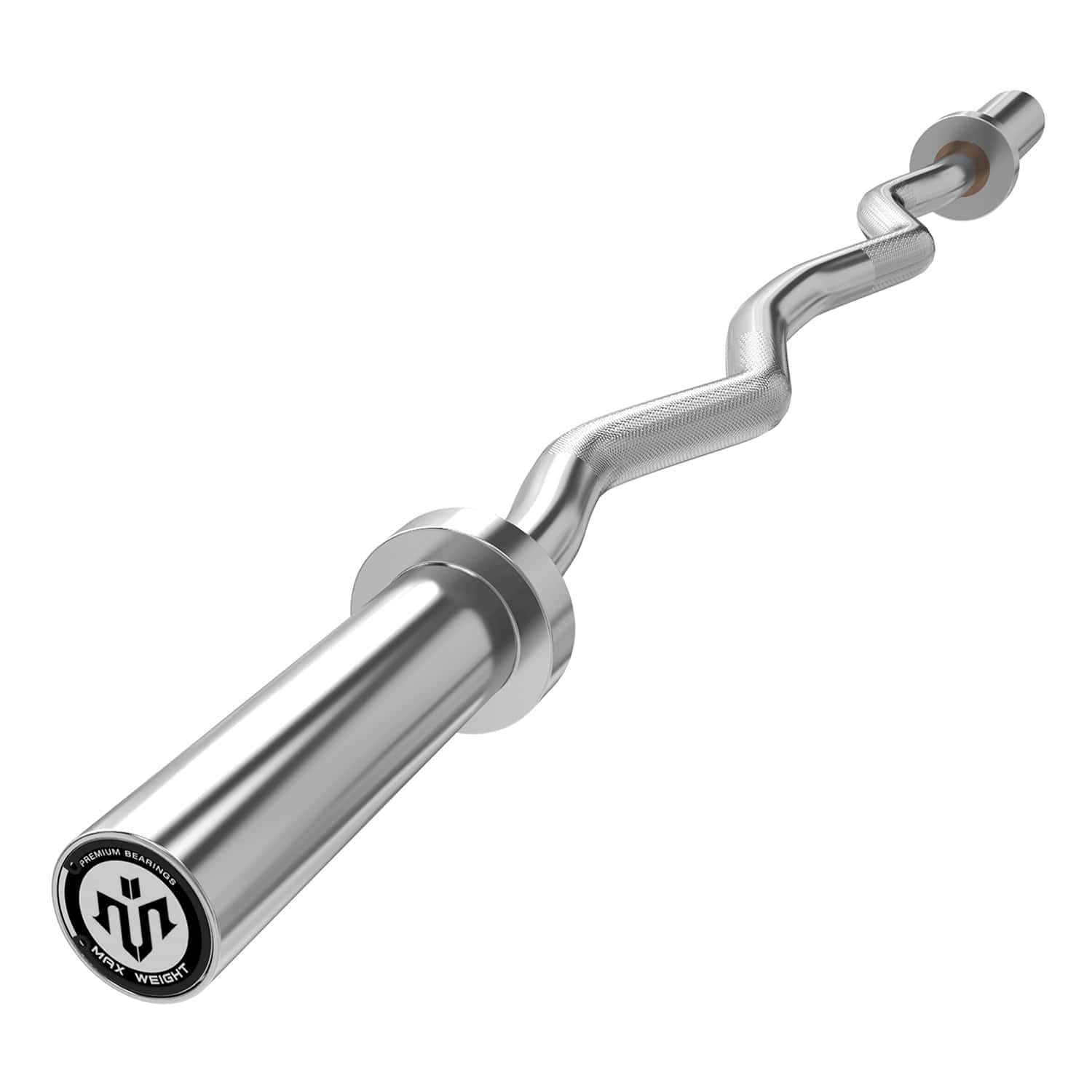
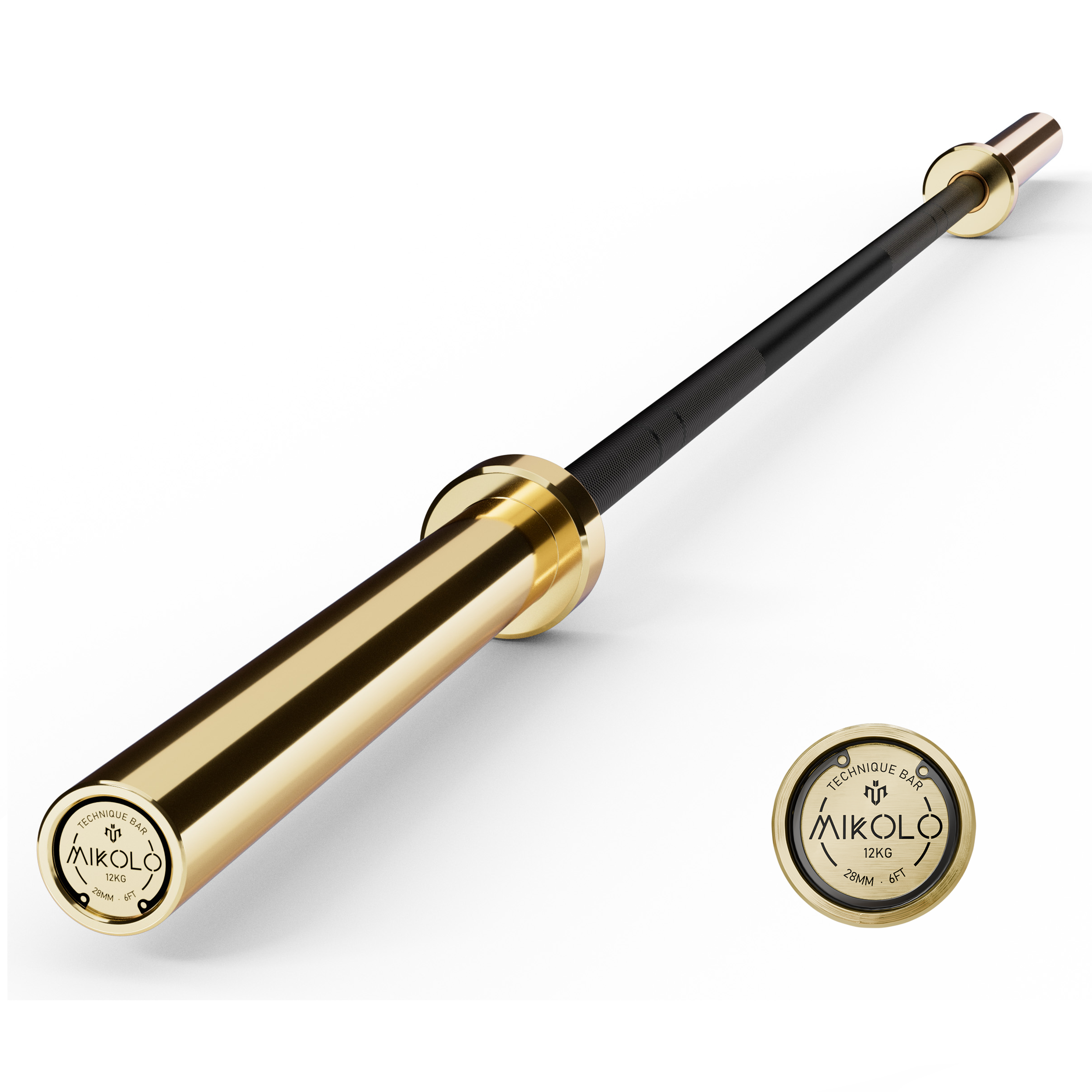


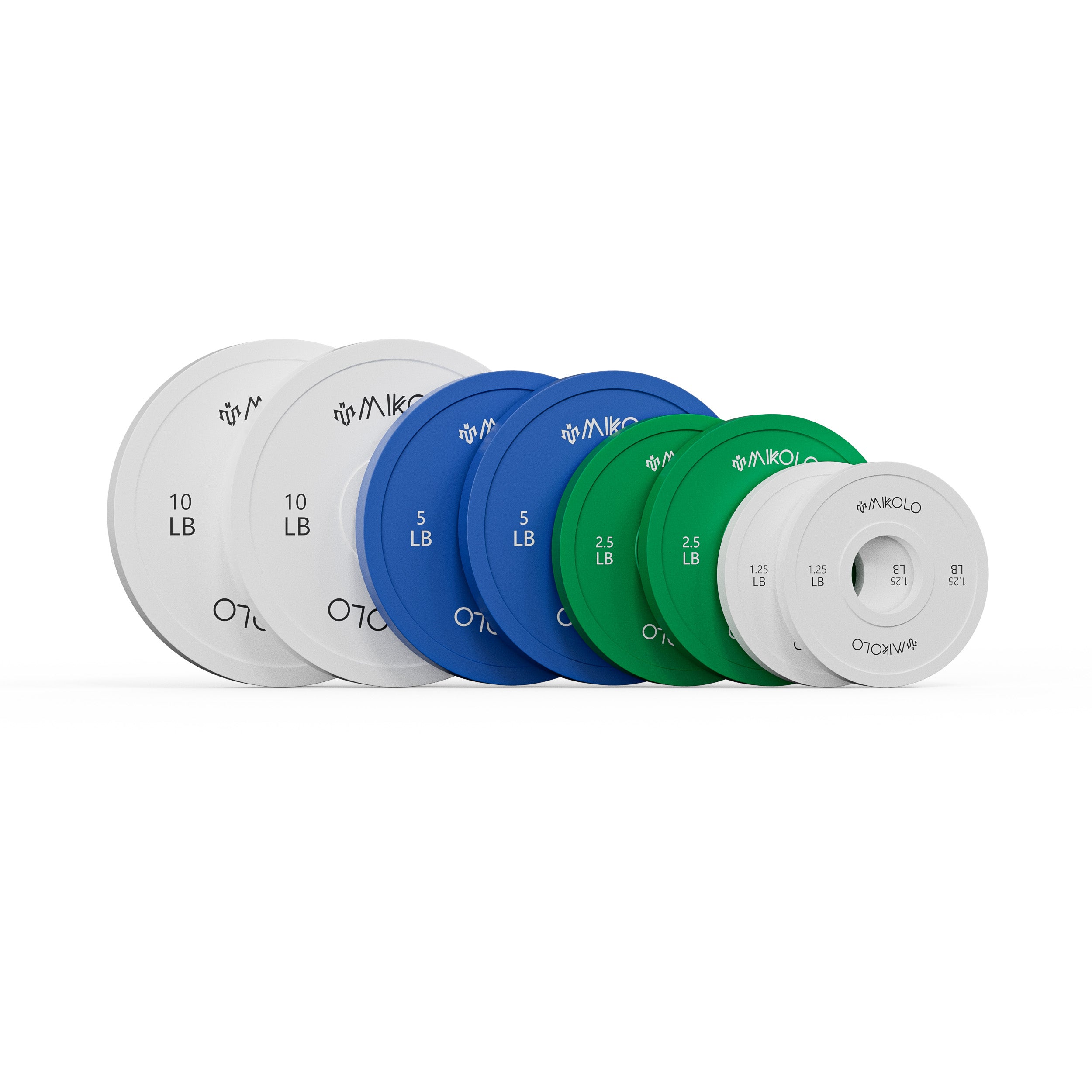



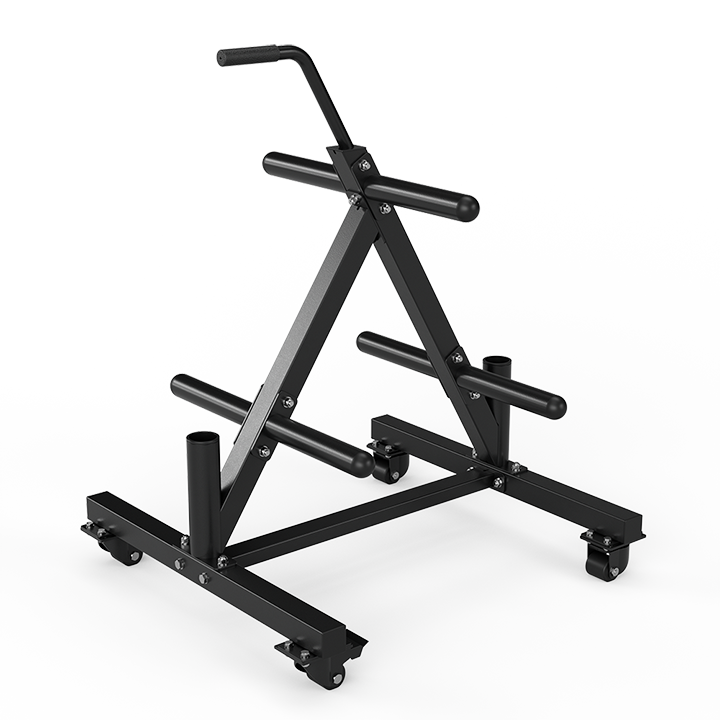
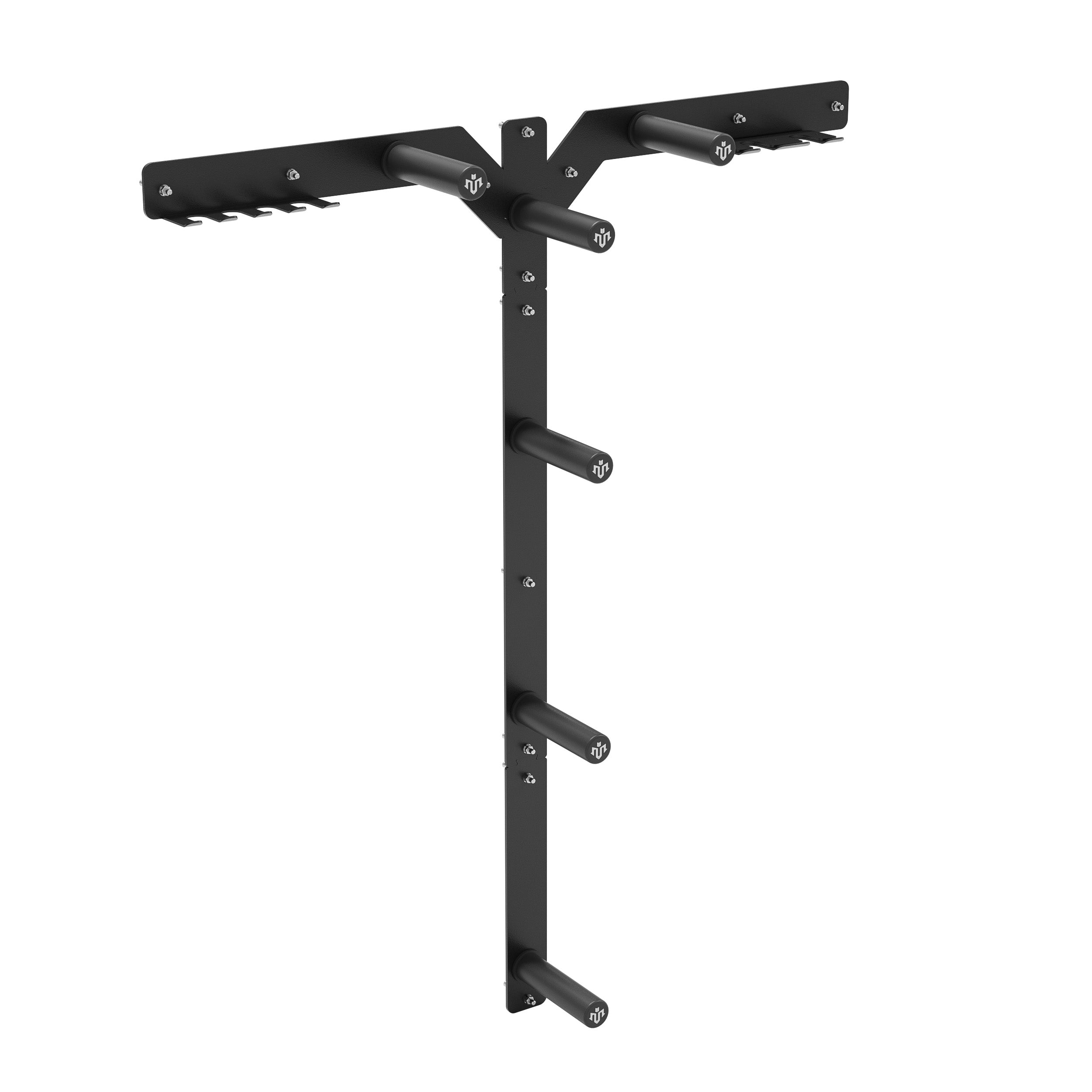




Leave a comment
This site is protected by hCaptcha and the hCaptcha Privacy Policy and Terms of Service apply.